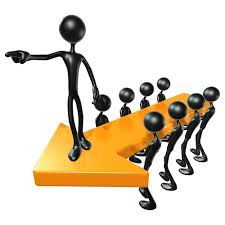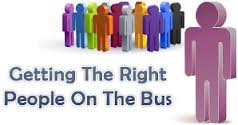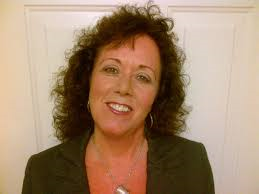Effective Organization Design starts by initiating an organizational design review and implementing a new organizational structure is hard work and very time-consuming. However, it can also be an extremely rewarding experience which significantly impacts the business in a positive way.

In earlier blogs we discussed the importance of first understanding the reasons for the organizational design change and why the right design criteria is necessary to ensure success. We also discussed the value of using a design framework tool such as Jay Galbraith’s Star Model to guide leaders in deciding on the right structure, process, talent and rewards that will drive the desired culture, behaviours, and organizational performance.
Next, we talked about the value of understanding the four basic structural building blocks and choosing the option that will best support the organization’s business strategy and meet established design criteria.
In this post, we will look at talent and organization and discover why they are the two key and complementary enablers of strategy execution in any effective organization design project. Effective organization design brings talent and organization together to make it possible for organizations to create new products, serve customers better and generate higher profits and business growth.
Step 5: Make the Right Talent Choices
In a 2010 study by Corporate Leadership Council, it was noted that the fit between organization structure, leadership talent and the market are critical to success, and too often they are not viewed as a single system.
Effective Organization Design is the best opportunity to bring more or different talent into the company. When you wish to build new or substantially different capabilities within an organization, it often means a change in existing talent. At this juncture, it is essential for senior leaders to act with courage and wisdom to ensure that the right people are in the right roles at the right time when the redesign is completed. As an HR professional, it has always been my role to ensure this mindset is front and centre with the senior leadership team and the design team.

Earlier in the effective organizational design project, we discussed the required organizational capabilities necessary to meet the company’s business needs in the next one to three years and differentiate the company from its competitors. These organizational capabilities inform the staffing needs. Targeted skill sets will have an impact on achieving the business strategy. New skills should not be allocated equally because not all skill sets will have the same impact on the capabilities we must create in our redesign.
In my HR role, I have always counseled leaders not to design structures around people. In any effective organization design leaders must avoid making design decisions which accommodate skills gaps in their existing organization. Among the gaps is often the legacy leader – someone well suited to the past market and organization situations, but not likely to adjust to significant changes in the market situation or the organization model going forward.
Effective Organization Design starts with talent in mind in order to ensure that roles are configured to provide the variety of experiences necessary to develop the right depth of competence and leadership. Many organizations admit that they are lacking bench strength when it comes to well-rounded, general leadership and management talent that is capable of moving into executive level roles. An organizational redesign gives us the opportunity to create development positions, provide the experience and establish career paths among those jobs that can be used to grow the future senior leaders we want in the organization.

Effective Organization Design: The Direct Report Structure
One design decision, separate from determining the organization model, is determining how many positions and who will report to each of the senior leadership team in the new organizational structure. At this point, senior leaders must consider all factors such as available skills, creating big enough roles to attract and retain talent, creating developmental roles for career growth, and creating potential successors.
During this phase in the design project, HR can help senior leaders to define their direct report structure by asking questions such as:
- Where does the executive team want and need to spend their time, internally and externally? In which domain can each of them add the most value?
- Where do jobs need to be positioned vertically to have the necessary influence in the organization?
- Is the executive team more comfortable with wide vs. narrow spans of control?
- What is the extent and nature of dual-reporting relationships that some team members may have to senior leaders outside their immediate team?
- What messages will be sent by placing specific roles at the top vs. lower in the organization structure?
Effective Organizational Design will also be influenced by the number of layers and span-of-control embedded into the structure. Too many layers of hierarchy tend to result in narrower jobs with less freedom to act. As layers are removed, jobs will have more scope and greater authority which is needed to control communications and processes. HR can help leaders determine what the right number of layers should be for their business and create a plan to get there.
Effective Organization Design: Define the Executive Team’s Work
The organization’s operating governance model determines how closely the Executive team needs to work together across the business. Ask the question, “Do they need to be a hands-on operational group or a strategy setting group?” Leadership groups do not all need to be defined teams however they do need to interact effectively on a regular basis. When all of the executive members have the same expectations about how often they will meet and for what purpose, they will be more productive.
It is a role of HR to help the executive team define and solidify their management routines, the focus of their agendas, as well as the necessary measures to create the right level of integration. It is important to get this stuff right because if the Executive operates too independently they may miss opportunities to influence corporate-wide decisions and to provide the proper alignment and clarity required by those lower in the organization to meet business goals and objectives.
Next month, I will share some thoughts on how to successfully implement the new effective organizational design and navigate the transition.
Linda A. Barlow, CHRP
Global HR Thought Leader

